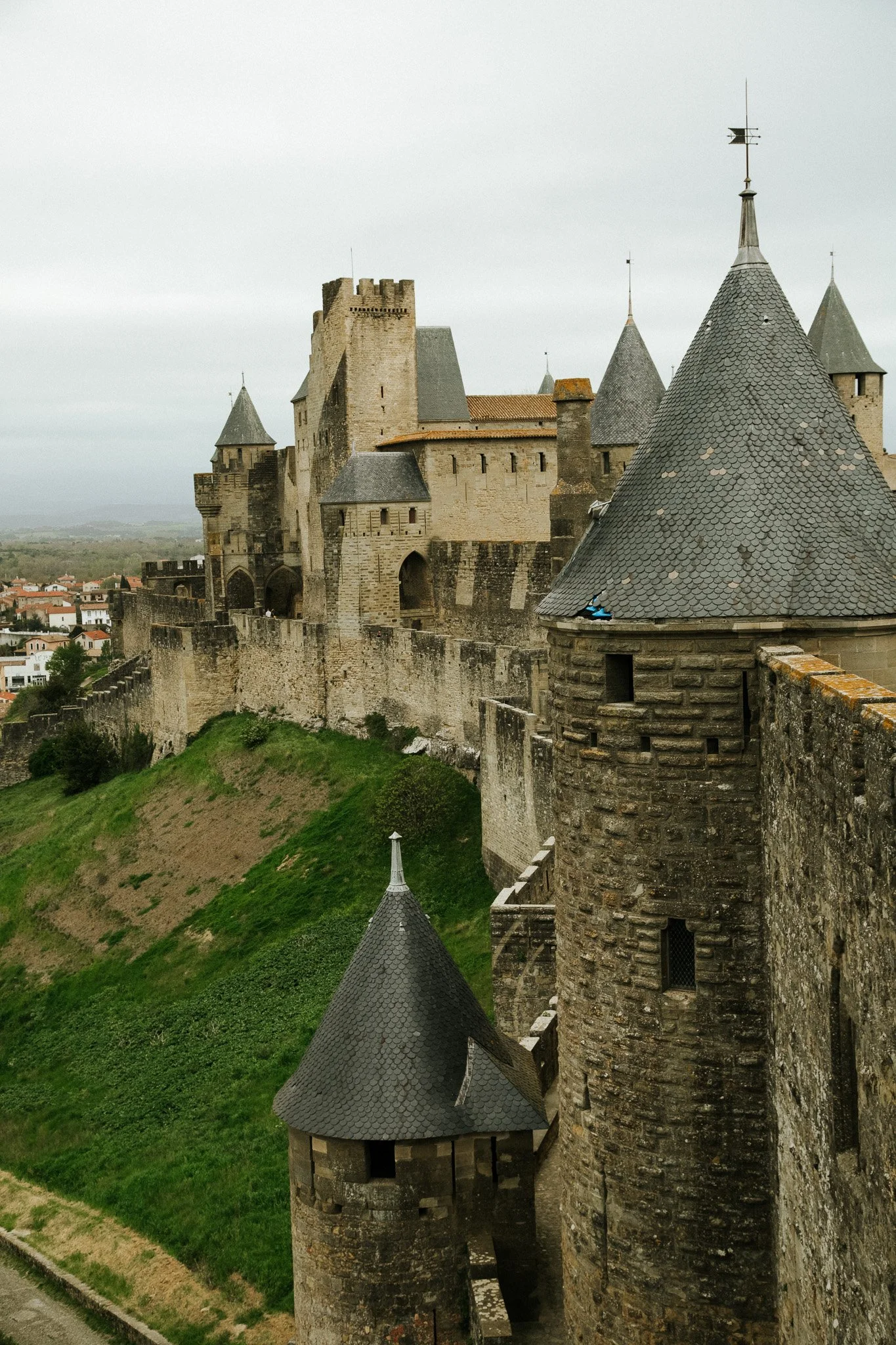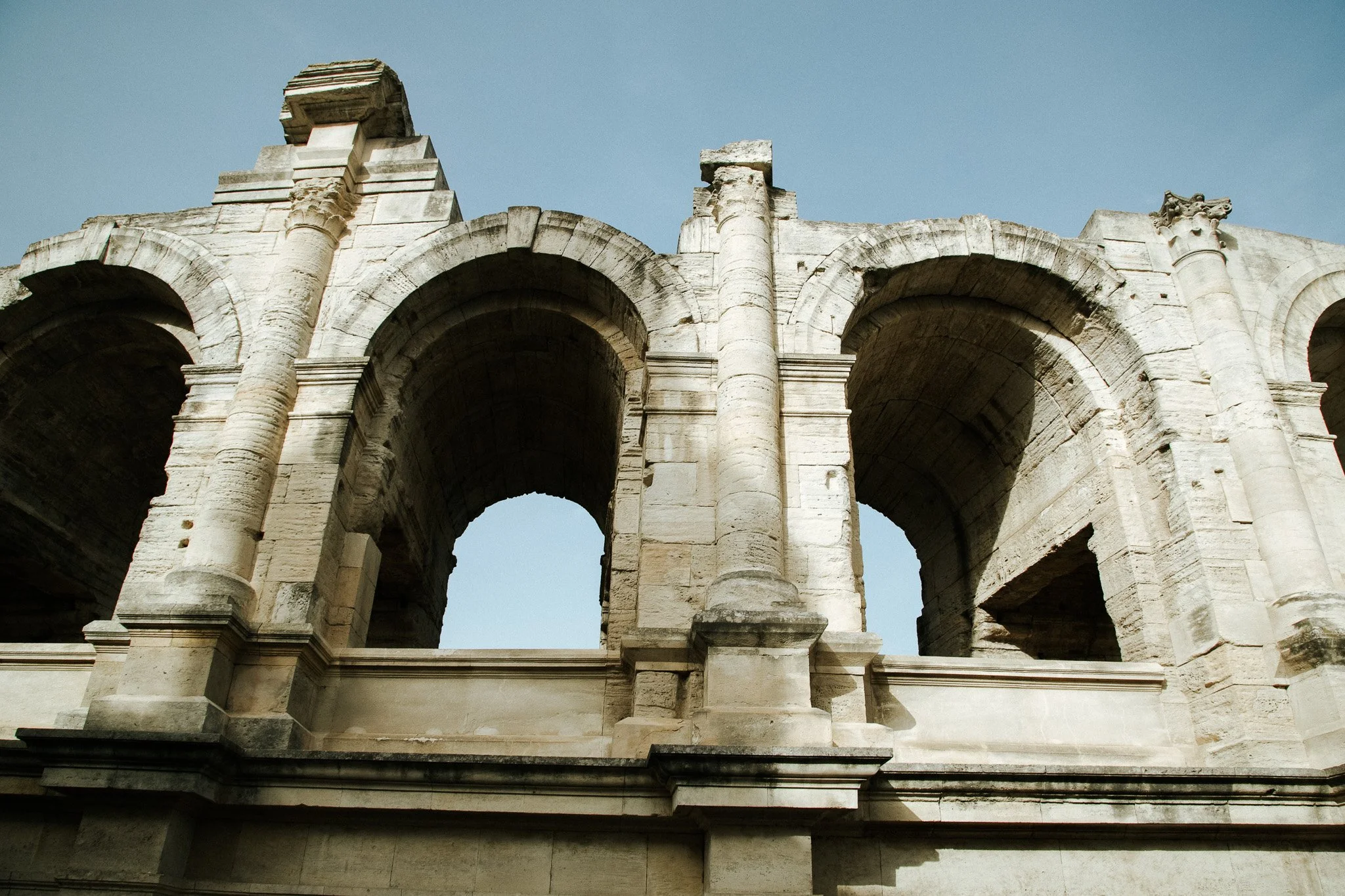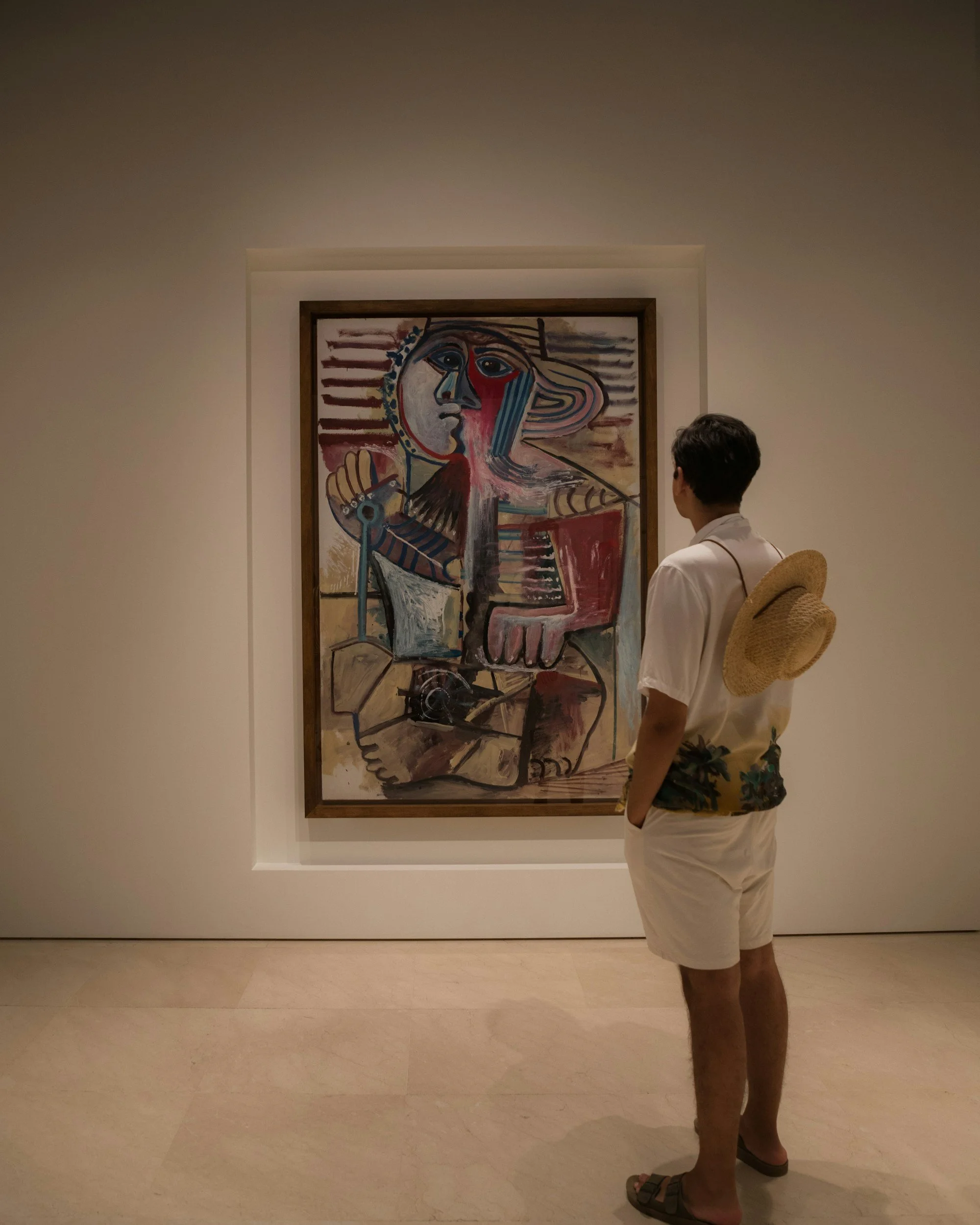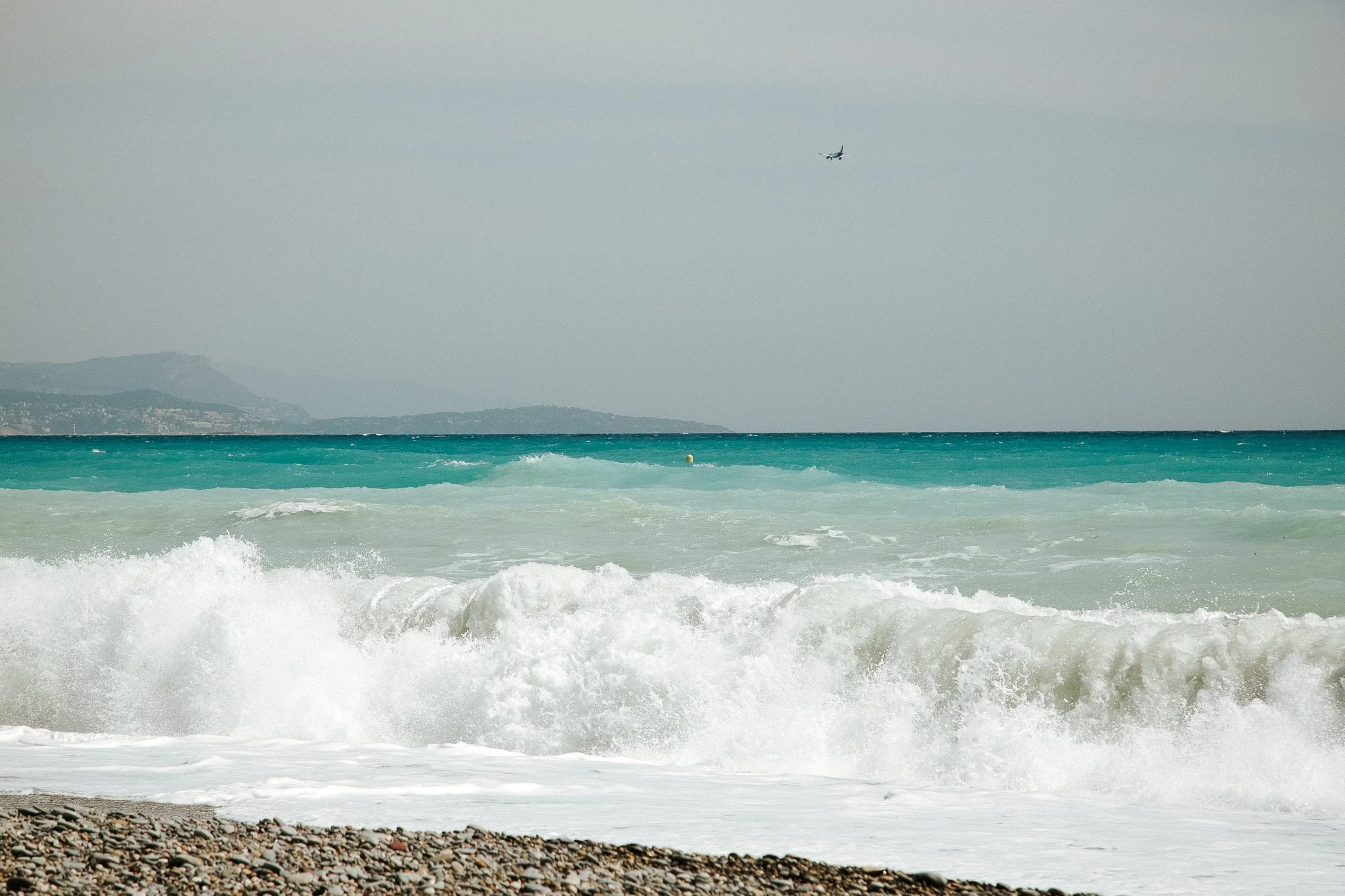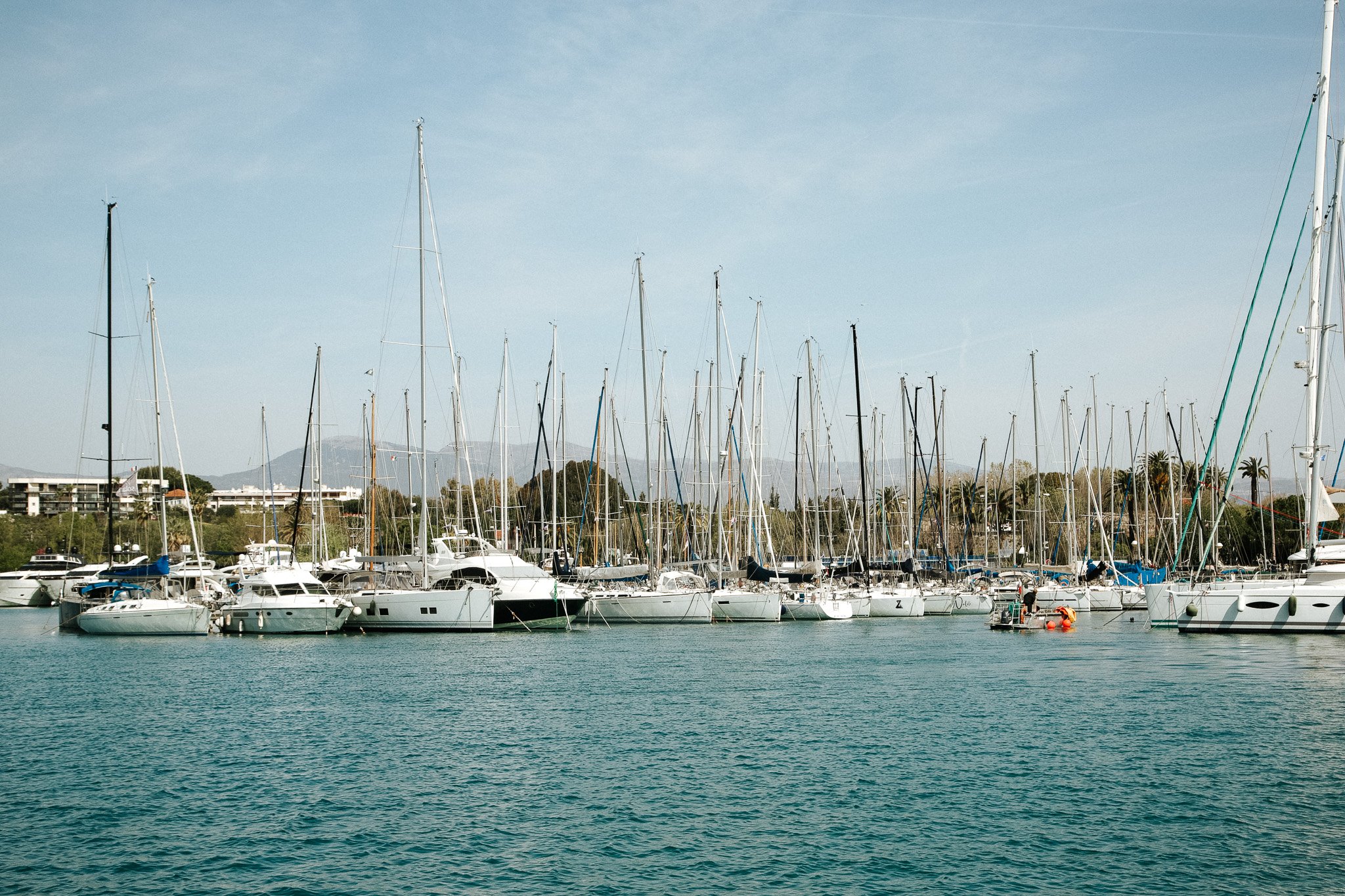
on the spot
central france for teens and adults
Southern France is full of amazing places where history comes to life! In Carcassonne, you can explore a real medieval castle with giant stone walls and towers—just like in fairy tales. The Pont du Gard is a Roman bridge that carried water over rivers nearly 2,000 years ago—without electricity! In Avignon, popes once ruled from a palace instead of Rome, and you can still visit their grand stone fortress today. In Arles, brave gladiators fought in a Roman arena, and the artist Vincent van Gogh painted colorful masterpieces like his famous sunflowers. The region of Provence is known for its purple lavender fields and delicious food, while the cliffside village of Èze looks like a secret mountain castle with views of the sea. By the beach in Nice, people have come for centuries to relax, play, and explore colorful markets. And in tiny Monaco, you can see a royal palace, fancy cars, and even watch one of the world’s fastest races zoom through the city streets! Southern France is a magical mix of castles, ancient wonders, and seaside adventures—perfect for curious explorers.
carcassonne
pont du gard
arles
nice
.
monaco
Avignon
provence
orange
Quick resources to view in carcassonne
Carcassonne is one of the most magical places in France—it looks like a real-life castle from a storybook, with tall stone walls, towers, and secret passageways. But Carcassonne isn’t just for show—it’s a place with a long and exciting history.
The first people lived in Carcassonne over 2,000 years ago, even before the Romans came. Later, during the Middle Ages, it became a powerful fortress, protecting the people inside from invaders. The city has two huge walls, almost 2 miles long, with 52 towers. It was built so well that enemies often gave up just looking at it!
One of the most famous stories is about a woman named Lady Carcas. When the city was under attack and running out of food, she tricked the enemy army by throwing a fat pig over the wall. The attackers thought the people inside must have lots of food if they could waste a pig, so they gave up and left! According to legend, that’s how the city got its name—Carcas-sonne, or “Carcas sounds the bell.”
During the Middle Ages, Carcassonne was also part of a big conflict called the Albigensian Crusade. The castle helped protect the people, but it changed hands many times. Over the years, Carcassonne was almost forgotten, and parts of it started to fall apart. But in the 1800s, it was carefully rebuilt to look like the strong medieval fortress it once was.
Today, you can walk along the castle walls, explore the towers, and imagine knights, kings, and clever ladies like Lady Carcas defending their city. Carcassonne is more than just a castle—it’s a place full of legends and history waiting to be discovered.
Carcassonne Facts for Kids Article
.
Carcassonne Kids Around the Globe
The Middle Ages for Kids
City Life in the Middle Ages
quick resources to view at the pont du gard
The Pont du Gard is a giant stone bridge in southern France that was built by the Romans almost 2,000 years ago—and it’s still standing today! But it’s not just a bridge. It was part of a huge aqueduct, which is like a water highway, that carried clean water to the city of Nîmes.
The Romans were amazing builders, and they didn’t have machines or electricity. They used only hand tools, ropes, and a lot of brainpower to stack the giant stones perfectly—without any glue or cement. Some of the stones are as heavy as elephants! The Pont du Gard has three levels and 35 arches, and the water once flowed across the very top like a secret river in the sky.
Legend says that when people saw the aqueduct for the first time, they thought it was built by giants or even gods because it was so big and beautiful. The Pont du Gard was used for hundreds of years, but over time it became a place where travelers crossed the river and even had picnics under its arches.
Today, you can still visit it, walk across it, and imagine what it was like when Roman engineers made water fly through the air. It’s a real-life wonder from the ancient world—and a great place for adventure.
Pont du Gard - Kids Across the Globe 3:14
.
Pont du Gard - Khan Academy
Roman Aqueducts 6:15
The Roman Empire
quick resources to view at orange
Orange is a small town in southern France, but it has a super big history—especially from Roman times! A long time ago, over 2,000 years ago, the Romans built Orange as a special place for retired Roman soldiers to live. But they didn’t just build houses—they built giant monuments that are still there today!
One of the coolest is the Roman Theater of Orange. It’s so big that it could hold over 9,000 people! It was used for plays, music, and even Roman speeches. The theater has a huge stone wall behind the stage, and it’s one of the only Roman theater walls in the world that’s still standing. People say the sound inside the theater is so perfect, you can whisper on stage and someone way up high can still hear you!
There’s also a giant triumphal arch, which the Romans built to celebrate victories in battle. It’s covered in carvings of soldiers, horses, and shields. If you look closely, you can see stories written in stone.
Today, you can still visit the amazing theater, walk through the arch, and feel like you’ve stepped into the world of ancient Rome. Orange is a town where the past comes to life, full of exciting stories and awesome adventures.
Roman Theater of Orange Facts for Kids
.
Roman Theater to the Middle Ages 11:32
The Arch at Orange
quick resources to view at Avignon
Avignon is one of the most exciting cities in France, where real history sounds just like a story from a fairy tale. Imagine a place where popes lived in a giant stone palace, where secret staircases twisted through the walls, and knights guarded heavy wooden doors. That’s Avignon!
In the 1300s, something amazing happened—the Pope moved out of Rome and came to live in Avignon! Not just one pope, but seven popes in a row ruled from here instead of Italy. They built the Palace of the Popes, one of the biggest and strongest castles in all of Europe. It had massive halls with painted ceilings, private chapels, gold decorations, and even hidden rooms where treasures were stored. The walls were so thick, they could survive attacks and fires. Some say the popes even had secret passageways to escape if enemies ever came!
Popes from all over Europe came to this palace, bringing artists, musicians, and builders. The city became rich, powerful, and full of life. Outside the palace, the people of Avignon built high stone walls to protect the city and keep it safe.
And don’t forget the Pont Saint-Bénézet, the famous bridge that stretches halfway across the Rhône River... and then just stops! Legend says a young shepherd named Bénézet heard a voice from the sky telling him to build a bridge. Everyone thought he was crazy—until he lifted a giant stone by himself! The bridge was built, but floods later washed part of it away, leaving it with a magical, unfinished look that still surprises visitors today.
Avignon is a city of mystery, power, and wonder, where popes ruled, legends were born, and stone walls still whisper stories from hundreds of years ago. Walking through its streets feels like stepping into the pages of a medieval adventure book.
Why were there Three Popes? 6:12
.
Avignon Facts for Kids Article
On the Bridge of Avignon 1:10
Avignon Bridge Facts for Kids
quick resources to view at arles
.
Arles is a sunny town in southern France with a history full of Romans, artists, and even wild animals in an arena! Over 2,000 years ago, the Romans built Arles as an important city with big roads, temples, and a giant amphitheater—a huge stadium where crowds would come to watch gladiators fight each other or wild animals like lions and bears. The Roman arena is still there today, and you can stand where thousands of people once cheered for their favorite fighters!
Arles was also home to one of the most famous artists in the world—Vincent van Gogh. He moved to Arles in 1888 and loved the sunshine and bright colors. He painted over 300 works here, including his famous sunflowers and starry night skies. You can even visit the café he painted in one of his most famous pictures! Van Gogh once cut off part of his ear during a tough time in his life, and the town helped care for him while he continued to paint beautiful, colorful art.
Today, Arles is a place where ancient history and amazing art come together. You can walk on old Roman streets, explore the arena like a gladiator, and see the places that inspired one of the world’s greatest painters. It’s a city filled with stories—both from long ago and from the world of imagination.
Arles Facts for Kids Article
.
Roman Gladiators 15:13
Who was Vincent Van Gogh? 4:20
Roman Gladiators 15:13
quick resources to view at Provence
Provence is a region in the south of France that’s filled with some of the most magical villages in the world. Each one has its own special story, and when you walk through their narrow stone streets, it feels like stepping into a fairy tale.
Gordes, a village built high on a hill with houses made of smooth white stone. Long ago, people built Gordes up high to stay safe from invaders. There’s even a big castle in the middle of the village that once protected the people. During World War II, brave villagers in Gordes helped the French Resistance by hiding people from enemy soldiers. Today, you can walk the same cobbled streets and look out over the valleys just like the watchmen did hundreds of years ago.
Not far away is Roussillon, a village that looks like it was painted with fire. Its buildings are red, orange, and gold because it sits on cliffs full of ochre, a natural colored clay that was once used to make paints and dyes. People say that long ago, a lady cried so many tears of sorrow that her sadness stained the cliffs with color. The village became a center for artists and color-makers, and you can still see the ochre trails where the earth glows with every shade of red.
Then there’s Fontaine-de-Vaucluse, a village with a powerful secret: one of the deepest natural springs in the world. Water gushes out from beneath a tall cliff and becomes a beautiful, clear river. Long ago, a famous poet named Petrarch lived here and wrote poems about the spring’s beauty. Some people believed the spring was magical and hid treasure at the bottom, but divers have never found the end of it!
Venasque is another hilltop village with ancient stone walls and winding streets. It was once a Roman town, and you can still see the remains of its old baptistery—one of the oldest in France! The village was known for growing sweet cherries, and every spring, the trees bloom with pink and white flowers, making the village look like a garden in the sky.
Tucked away in a quiet valley is Abbaye de Sénanque, a peaceful stone abbey surrounded by purple lavender fields. Monks have lived there for over 800 years, growing lavender, making honey, and living in silence. The scent of lavender fills the air, and the abbey looks like something from a storybook.
Lacoste is a tiny village with a big secret—it was once home to a mysterious castle owned by the Marquis de Sade, a writer with a wild imagination. Today, the ruins of the castle still stand above the village, and artists and students come from around the world to find inspiration there.
Saint-Rémy-de-Provence, a village full of Roman ruins and colorful markets. It’s also where the famous artist Vincent van Gogh lived for a time. He painted the nearby fields, olive trees, and starry skies that made him world famous. You can walk where he walked and even visit the room where he painted some of his most beautiful pictures.
Each village in Provence has its own charm, history, and magic. The many beautiful villages of Provence are like stepping into a story full of wonder, adventure, and timeless beauty.
.
Provence Facts for Kids Article
What is Lavender 4:08
What is Cubism 5:25
The Life Story of Vincent Van Gogh 13:23
Pablo Picasso for Kids 4:16
Renoir: Light and Emotion 8:23
quick resources to view at Nice
Nice is a bright and beautiful city by the sea in southern France, and it has a long, exciting history filled with sailors, artists, kings, and secret heroes. Over 2,000 years ago, a group of ancient Greek sailors landed here after winning a battle. To celebrate their victory, they named the town Nikaia, after Nike, the goddess of victory. That’s how Nice got its name!
Later, the Romans arrived and turned Nice into an important city with stone roads, a theater, and public baths. If you visit Nice today, you can still walk through the ruins of this ancient Roman world and imagine people in togas cheering for actors on stage or soaking in warm pools.
For centuries, Nice was caught between powerful rulers. Sometimes it belonged to France, and other times it was ruled by Italy. This mix of cultures gave Nice its colorful buildings, Italian-style food, and even its own special language. One story tells of how the people of Nice once tied pots and pans to cats’ tails to scare off enemy soldiers during a siege. The noise was so loud and strange that the army fled, and the city was saved!
In the 1700s and 1800s, something magical happened. Rich travelers from cold, rainy countries like England discovered Nice and started coming every winter to enjoy the sunshine. They built fancy houses and gardens, and the famous Promenade des Anglais—a long walkway by the sea—was built so they could take calm walks with views of the waves. It’s said that Queen Victoria herself came to Nice and loved it so much that she stayed in a pink palace overlooking the water.
Nice also became a home for famous artists, especially Henri Matisse, who came for the light and colors. He painted rooms full of dancing figures, bright oranges, and dreamy skies. It’s said he would open his windows and paint while listening to the sounds of church bells and waves below.
During World War II, Nice was a dangerous place. It was taken over by enemy forces, but many brave people in the French Resistance worked in secret to save lives and pass messages. Some used hidden rooms and tunnels under the old town. Even young kids helped carry messages tucked in loaves of bread or written in invisible ink.
Today, Nice is full of life, music, and joy. People come from all over the world to swim in the turquoise sea, eat fresh food at outdoor markets, and explore its old streets full of stories. From ancient warriors to clever townspeople, from royal visitors to bold artists, Nice has always been a place where incredible things happen. It's a city where the past still lives around every corner, waiting to be discovered.
Let’s Take a Journey 10:17
.
Nice Facts for Kids Article
The Mediterrean Sea 1:24
quick resources to view at monaco
Monaco is one of the smallest countries in the world, but still has an exciting history. Perched on the rocky coast of the Mediterranean Sea, this tiny country is filled with secret plots, royal adventures, daring escapes, and even a real-life movie star princess!
The story of Monaco really begins in 1297, when a clever man named François Grimaldi came up with a bold plan to take control of the fortress on the hill. Disguised as a monk, he knocked on the gates, asking for shelter. When the guards let him in, he pulled a sword from under his robe and opened the gates for his soldiers. They took over the fortress, and the Grimaldi family has ruled Monaco ever since. There’s even a statue of François in front of the palace today, dressed in his monk costume.
The Grimaldi family has lived in the same palace for over 700 years. The Prince’s Palace of Monaco sits high on a rock, looking out over the sparkling sea. It has grand rooms, ancient cannons, secret passages, and thick walls that once protected it from pirates. For centuries, Monaco was caught between powerful neighbors like France and Italy, and the royal family had to be smart to keep their little country independent.
In the 1800s, Monaco needed money. So the rulers decided to take a big risk—they built a fancy casino called the Monte Carlo. At first, hardly anyone came. But then a lucky break changed everything. A beautiful princess married into the royal family, and word spread about the glamorous new casino. Suddenly, rich people from all over Europe rushed to Monaco to play games, see the palace, and enjoy the sun. The money from the casino helped save Monaco.
One of the most magical parts of Monaco’s story came in 1956, when Prince Rainier III married Grace Kelly, a famous American actress. She had starred in Hollywood movies and was loved by millions. When she became Princess Grace, the world was enchanted. Their wedding was watched by people everywhere, and it turned Monaco into a fairy-tale kingdom. Princess Grace brought beauty, kindness, and charm to the palace. She helped children, supported the arts, and even planted gardens. One of the most beautiful places in Monaco today is the Princess Grace Rose Garden, filled with flowers planted in her honor.
But Monaco isn't just known for its royalty. Every year, the streets turn into a racetrack for the Monaco Grand Prix, one of the most famous car races in the world. The cars zoom through the city so fast you can hardly see them. Drivers race past the palace, around sharp corners, and through tunnels—right where everyday people walk when the race isn't happening.
Monaco is also home to the Oceanographic Museum, a place full of sea creatures, shipwreck treasures, and deep-sea discoveries. It was started by Prince Albert I, who loved exploring the oceans. He even went on adventures in a submarine over 100 years ago, studying sea life and bringing back amazing finds.
Even though Monaco is so small you could walk across it in under an hour, it is packed with incredible stories. It has been saved by disguises, built by bravery, loved by royalty, and celebrated by the world. Monaco proves that a tiny country can have a giant history—and that real-life fairy tales can come true.
A Super Quick History of Monaco 3:34
Monaco Facts for Kids Article
The History of Monaco Grand Prix 3:03
Monaco Explained in 60 Seconds








